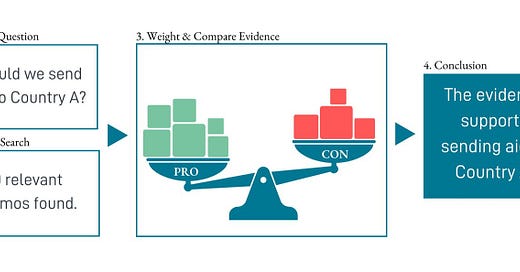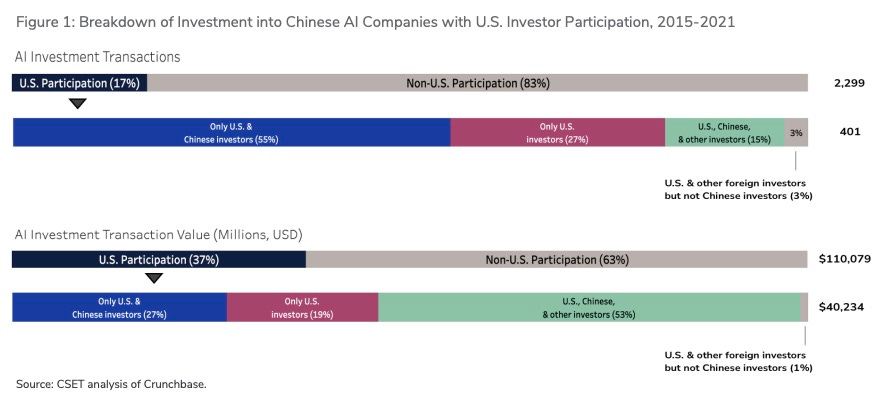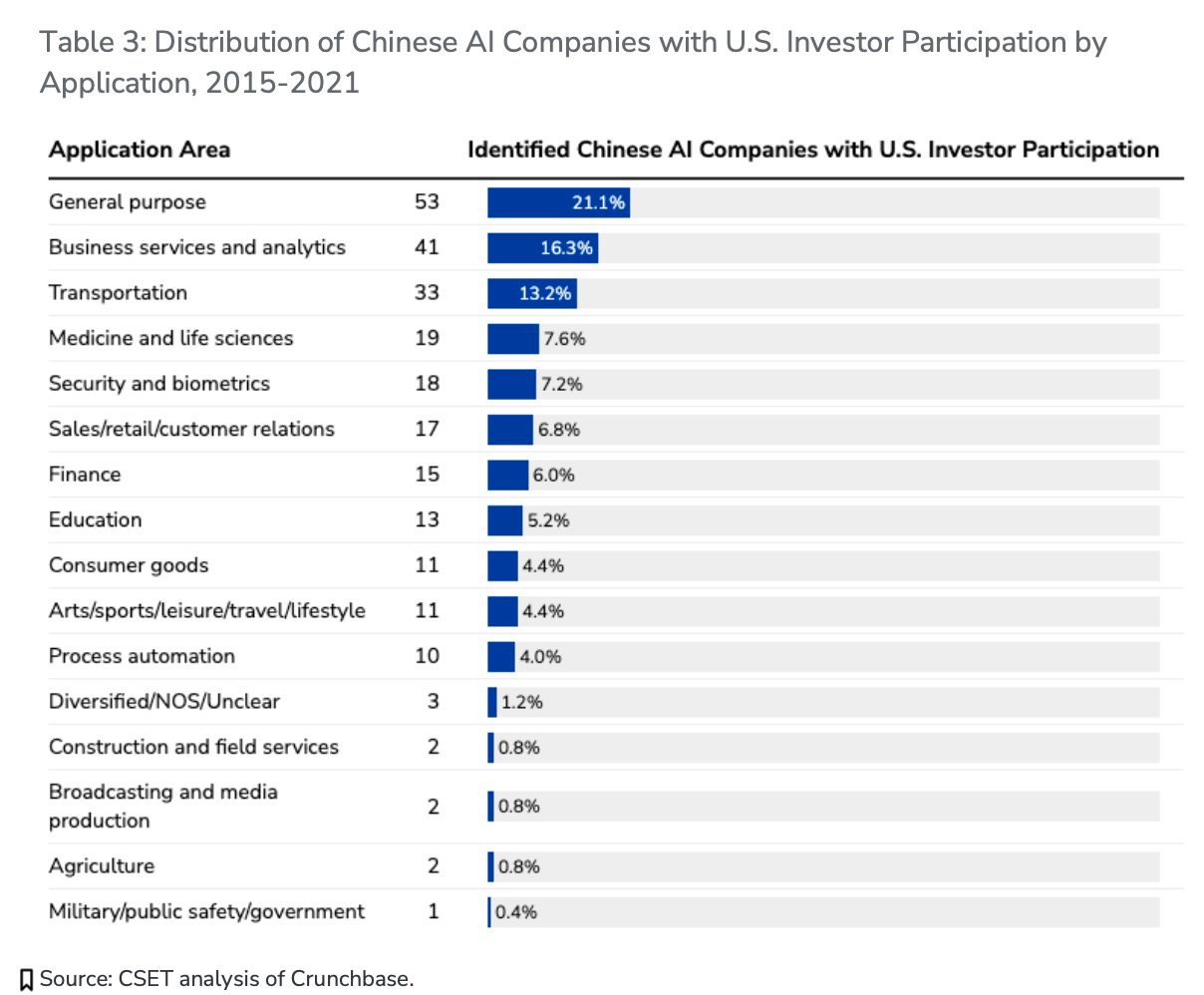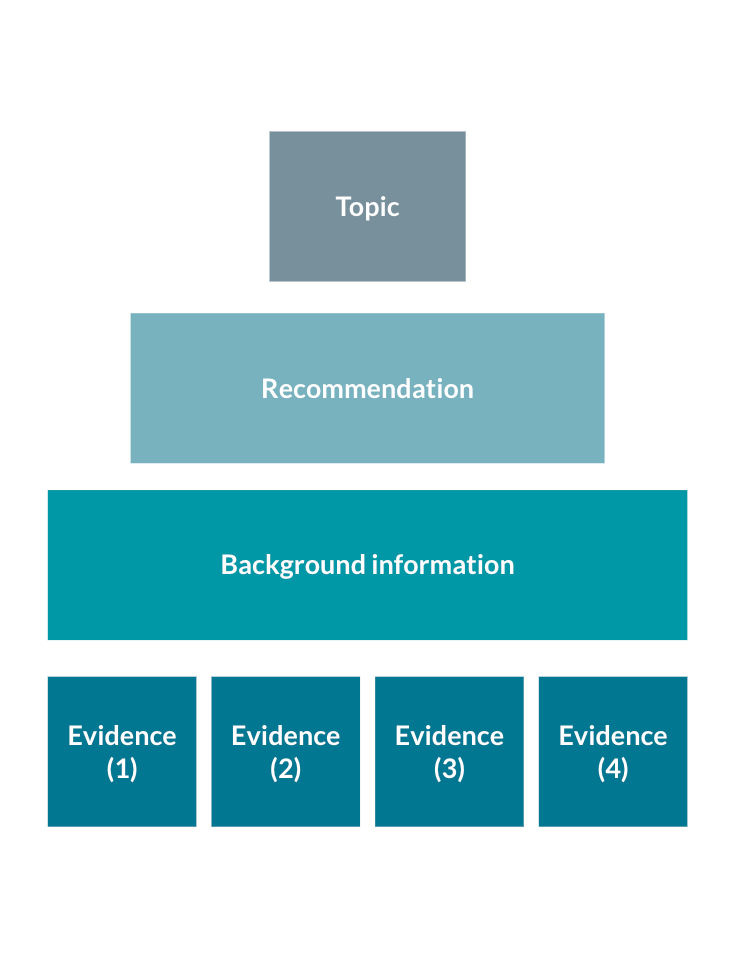Weekly Reads! Chinese AI Investment, State Dpt Memos, Peter Hessler, Tianjin and the Spring Gala
Inspired by TheBrowser, the ChinaTalk team is going to experiment with Friday write-ups of what we found most compelling in our media diet. Let me know if you like it!
Jordan—Chinese AI Investment
Emily Weinstein and Ngor Luong in a new CSET report took a headlong dive into Crunchbase data to explore just how much US investment is going into Chinese AI companies.
A ton of painstaking data work went into producing this money slide:
My takeaway from the report is that US VC dollars are unlikely to be a decisive factor in whether China or the US ‘wins the AI future’, though American funding and expertise may have outsized effects in localized areas.
I don’t think the US necessarily gains a ton either from having money flowing into these firms. Depending on how NSA Jake Sullivan wants to define “foundational technologies,” these sorts of investments are likely running at cross-purposes to his stated goal of “maintaining as large of a lead as possible.”
This paper features an interesting exploration into the ‘intangibles attached to VC investment’ that Chinese firms receive from USD funds beyond capital like mentorship, name recognition, and networking opportunities. This sort of support may have been particularly relevant in the early days of foreign investment in Chinese companies when the domestic ecosystem was less sophisticated but I have a hard time believing will make or break indutries today. Another interesting wrinkle this paper explored was American corporate VC arms, Intel and Qualcomm Ventures, which have made substantial investments in Chinese firms.
As for recommendations, the paper encourages list-harmonizing (right now, nothing is stopping Americans from investing in Entitly Listed companies) and allowing Treasury’s CMIC list to apply to privately-held firms.
While the CSET team put up a valiant effort, unfortunately, holes in the extant datasets required them to make assumptions that wouldn’t be necessary if the US government had more aggressive disclosure requirements for these sorts of investments. To remedy this going forward, the paper closes with a sensible suggestion for “the administration to develop a program for gathering data on U.S. outbound investment into sectors deemed critical to national security.”
Jordan—The Bayes Brief: Designing a Modern Policy Memo Process
Sure, grand strategy is cool and all, but you know what America really needs to win the 21st century? Smarter paper-pushing!
One of my favorite episodes from last year was with FP21’s founder Dan Spokojny, a former State Department official who now runs a think tank that’s trying to come up with ways to make State more analytically rigorous in how it approaches foreign policy. This article opens with the following:
The policy memo sits at the heart of decision-making and knowledge management at State––yet it has not meaningfully evolved in decades. As the State Department adage suggests, “The paper process is the policy process.”
Two prominent recent studies of the State Department crystalize long-simmering calls for reform of this process. A report from the Council on Foreign Relations suggests “clearance hell” contributes to the State Department’s “lousy reputation for policy effectiveness.” They call for “a completely new approach” to the policy clearance process. And a team of experienced ambassadors at working at Harvard’s Belfer Center calls for a “dramatic streamlining of clearance processes.”
The Bayes Brief is fp21’s attempt to design the future of the policy memo. The Bayes Brief re-imagines the policy memo by capturing and summarizing evidence in a systematic format conducive for policy success in the information age. It is a simple intervention into the policy process that could positively impact the effectiveness of U.S. foreign policy.
The old memo format always kind of reminded me of an SAT essay where you only get graded on writing style because the reviewers weren’t allowed to dock you for making stuff up…
The vision of a new memo. Adding in confidence invervals, giving equal consideration to arguments in favor and against, and citing your evidence doesn’t seem too crazy to me!
I also like FP21 broke out of the think tank ‘you’re going to take the PDF and like it’ mold by embedding a 15-minute video demoing the product.
I do wonder to what extent an AI model of the sort that Dan Shipper describes here could be trained on all past State Department cables to save diplomats the trouble of doing all the front-end work required to populate a database. Could you one day create a chatbot trained on everything the US government has ever learned about foreign policy, and tuned for whatever the president’s priorities are, that can help guide everything from visa adjudications to national policy?
Daniel—A Peter Hessler Classic
Trailing the end of Chinese New Year, it’s a good time to revisit this Peter Hessler classic from the archive. The piece, which profiles a five-year-old rural boy through his first day of kindergarten and a worrisome health scare, is a jewel of immersive journalism—the kind that can appear like a relic in this era of great power competition, journalist expulsions, and the ubiquity of “open source” China analysis. What gets lost are the countless, rich social traditions that push and pull Chinese daily life. We miss the small moments and fine characters:
“On the morning of his first day, Mimi drove the car and the boy sat on my lap, in the front seat. Wei Ziqi, his father, and Cao Chunmei, his mother, rode in the back. Between them sat Wei Ziqi’s older brother—the Idiot. Once, I asked Cao Chunmei what the Idiot’s real name was, but she didn’t know. Everybody simply called him the shazi, which means ‘idiot.’ He was in his forties. Most villages in China seem to have a shazi or two from that generation, because in the past the peasant diet often lacked iodine.”
Irene—CCTV Gala and Demographics
I quite liked this very seasonal episode from 半拿铁 Half A Latte, a podcast covering Chinese consumer products, on the history of CCTV Spring Festival galas (in Mandarin) is a fun listen, and includes a horrifyingly good Chunwan host parody at the beginning. They used to mime eating a whole chicken on live television!
In light of recent news — that China’s population decreased by 850,000 in 2023 — this Asia Society Policy Institute report on the country’s demographics crisis is a good summary. I was pleased to see that it touches on some facets of contemporary family-making in China which are under-reported in English, from the rise of aspirational DINKs to LGBTQ couples circumventing rules to have children. Its sensitive discussion of the “Last Generation” discourse is a highlight.
“[The] choice by young Chinese to not have children can be seen as a kind of plebiscite on social conditions.”
Jorge—Tianjin in French
Pierre Singaravélou, Tianjin Cosmopolis: Une autre histoire de la mondialisation, Paris, Seuil, 2017
Having lived in the city in the past, I was fascinated by Singaravélou's extensive historical knowledge of Tianjin, which is brought to light with his detailed explanations of the inner workings, architecture, and diplomatic contacts of the foreign concessions present in this city from the late XIX century until 1946. One common point throughout the book is the complexity inherent to having several “administrative bubbles” work next to each other in such a small space and develop their own areas of the city, whilst at the same time maintaining their relationship with the Chinese authorities.
Have a good weekend!










Friday write-ups — good idea. Thanks